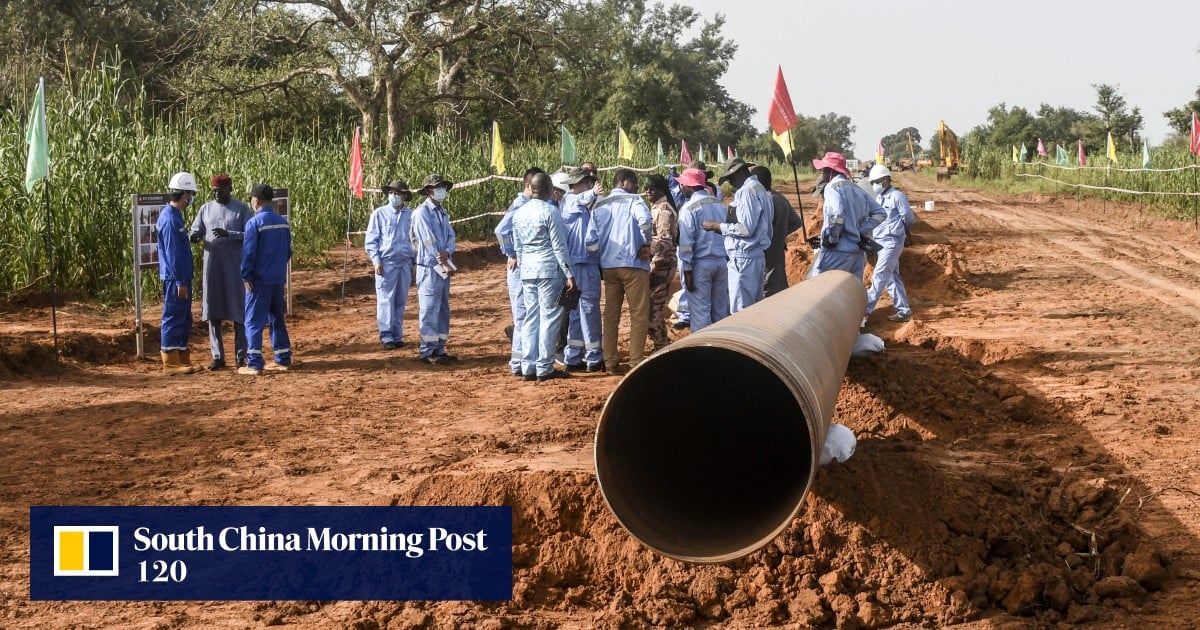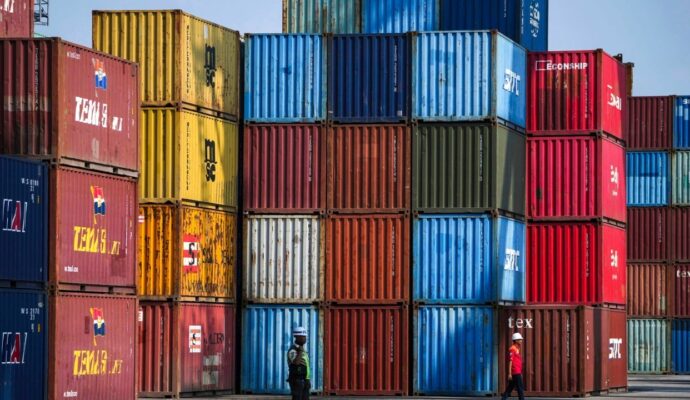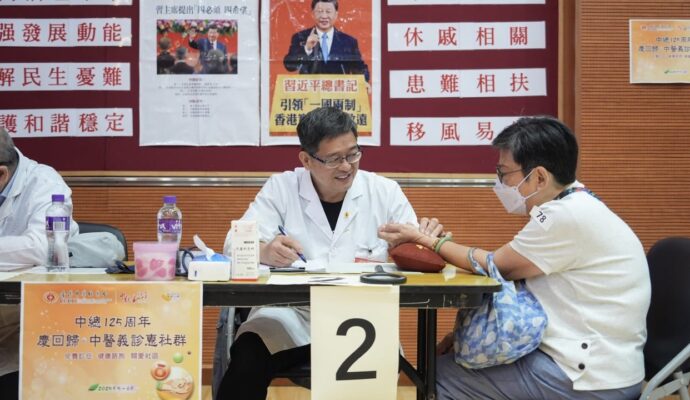
China is lending less for overseas infrastructure projects but issuing more yuan-denominated emergency loans to ensure that its own banks get at least partly repaid for old projects such as ports and railways, analysts say.
China remains the world’s biggest source of “international development finance”, and its rescue lending has reached about US$250 billion and 22 countries, according to the AidData research lab at William & Mary University in the US.
Is China’s Belt and Road Initiative running out of steam?
Is China’s Belt and Road Initiative running out of steam?
The lab said 58.4 per cent of China’s official loans in 2021 to low-income and middle-income countries were made for rescue financing, compared with none in 2010.
“Beijing is responding to this repayment challenge with a strategic pivot,” said AidData’s executive director, Bradley Parks. “It’s ramping down infrastructure-project lending, and it’s ramping up emergency-rescue lending. It is bailing out countries with the biggest belt-and-road project debts.”
They’re going to continue to lend emergency loans because the problem isn’t going to get solved any time soon
Beijing is not a member of the Paris Club and has long argued that the lending done by state-controlled banks does not count as sovereign debt. The Paris Club is an informal group of creditor nations that tries to find solutions to payment problems faced by debtor nations.
Emergency loans date back 10 years, but they are proliferating now to ensure debtor nations pay back at least the interest on old projects, said Alicia Garcia-Herrero, chief Asia-Pacific economist with French investment bank Natixis.
“They’re going to continue to lend emergency loans because the [project-financing] problem isn’t going to get solved any time soon,” she said.
Most emergency loans to developing countries are denominated in yuan, while China has a particular incentive to bail out Argentina, Pakistan, Turkey and Venezuela, according to AidData’s Parks.
The yuan’s proliferation also aligns with Beijing’s vision of promoting its overseas use.
Yuan gains currency at Canton Fair, but export orders lag pre-Covid levels
Yuan gains currency at Canton Fair, but export orders lag pre-Covid levels
“It represents that China has assumed the responsibility of providing global public goods,” Wang Fang, associate dean of the Renmin University’s School of Finance, told Financial Street Forum 2023 on Thursday.
Belt-and-road investment has declined since a 2018 peak, according to data gathered by the Green Finance & Development Centre under Fudan University in Shanghai, and finance and investments reached US$67.8 billion last year.
“Developing countries have very few places to turn to get a bailout,” said Barry Sautman, an emeritus professor at the Hong Kong University of Science and Technology.
The International Monetary Fund (IMF) also makes emergency loans, but debtor nations may object to the UN agency’s transparency rules and repayment terms.
China’s GDP forecasts raised by IMF, but property sector woes may hinder growth
China’s GDP forecasts raised by IMF, but property sector woes may hinder growth
“If you look at the different country cases, starting from Chad all the way to the more recent cases of Sri Lanka and Ghana, things are getting done faster,” she said at a media briefing in Beijing on Wednesday. “We still have to make a lot more progress. We need to be able to provide even more timely debt relief. And, again, China is a very important player in this space.”
Foreign ministry spokesman Wang Wenbin said on Tuesday that financing “cooperation” abroad still revolves mainly around infrastructure construction and “other” means to help solve “development bottlenecks”, including a lack of funding.
Additional reporting by Ji Siqi and Kinling Lo


